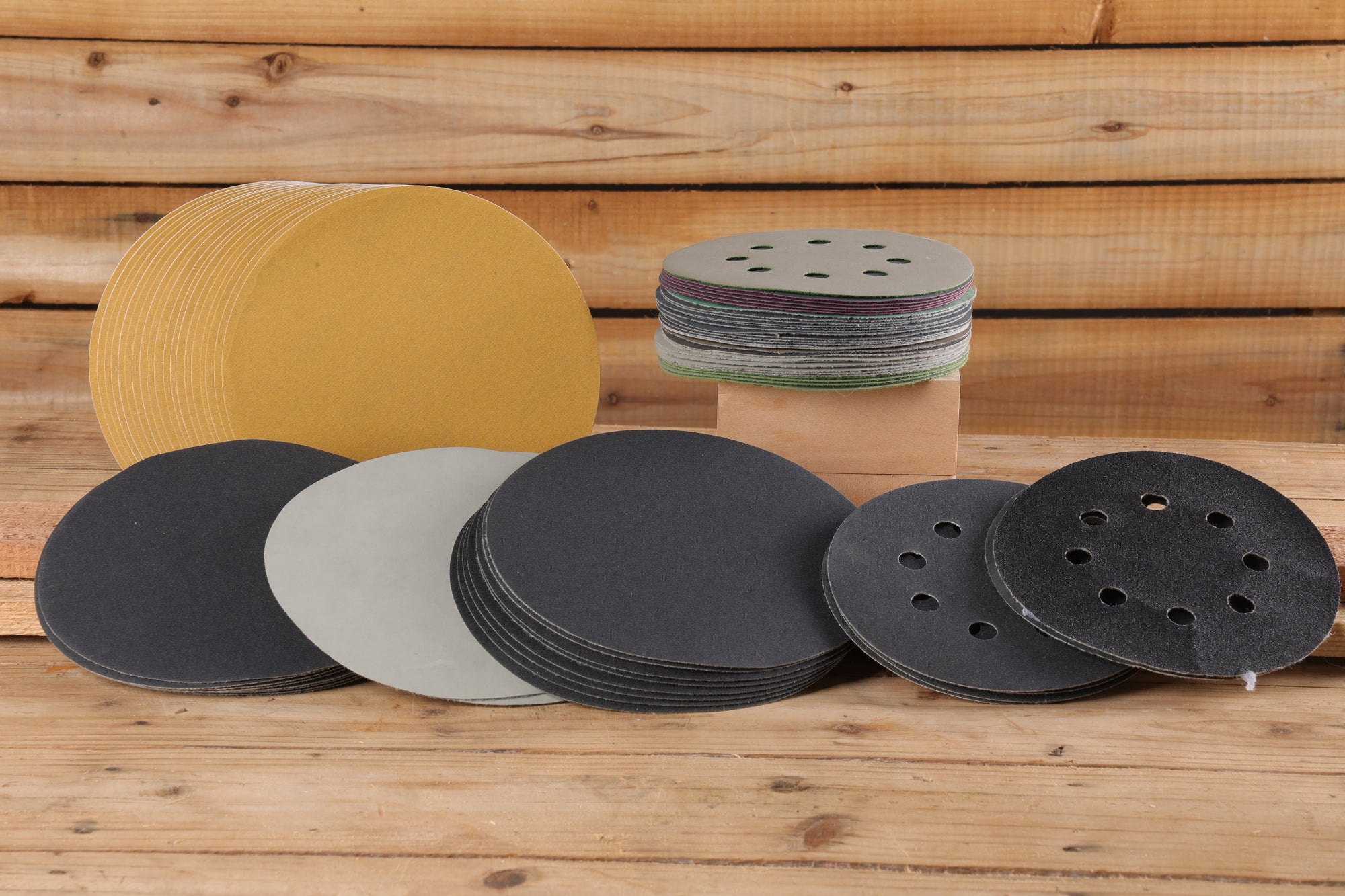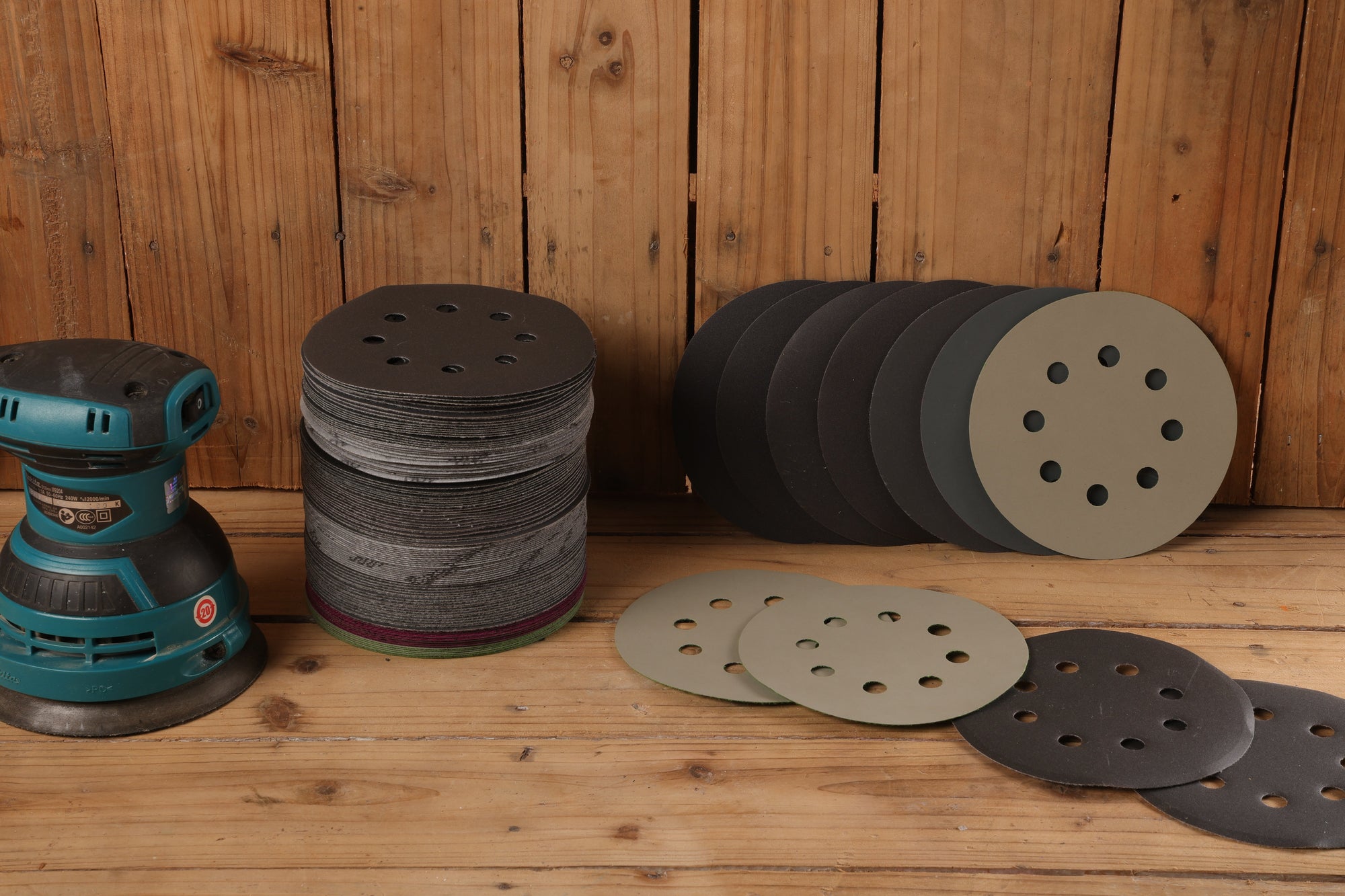How to Reduce Dust When Sanding: Simple Tips for Cleaner Work

Sanding is a necessary part of many DIY and woodworking projects. But there's one big downside: dust—lots of it. Fine particles can enter your lungs, coat your work area, and make cleaning up a nightmare.
If you’ve ever finished sanding and found yourself sneezing or wiping down every surface in sight, this guide is for you. Let’s look at some easy, beginner-friendly ways to reduce sanding dust, whether working on wood, drywall, or furniture.
Choose the Right Sanding Tools
Not all sanding tools are created equal. Some are better at controlling dust than others.
Use a power sander with a dust collection port: Most orbital sanders and belt sanders have a small hole underneath or on the side. This is designed to connect to a vacuum or dust bag.
Use sandpaper with holes: Special “hook and loop” sandpapers with holes let the dust flow through the paper and into the sander’s vacuum system.
💡 Tip: If you already have a shop vacuum, check if you can attach it to your sander with a universal adapter. This can make a huge difference.
Wet Sand When Possible
Wet sanding is exactly what it sounds like—sanding with a bit of water.
This method helps keep the dust from going airborne, especially when sanding drywall or paint.
Use waterproof sandpaper (often black or dark grey).
Dip it in water before sanding and keep a spray bottle handy to keep the surface damp.
⚠️ Only use wet sanding if the material allows it. Avoid it on raw wood, as water can cause swelling.
Work in a Well-Ventilated Space
A simple but often overlooked tip: airflow matters.
Open windows and doors
Use a fan to blow dust out of the workspace
If possible, work outdoors or in a garage with good ventilation
🌀 Even with dust collection, some fine particles will float in the air. Good airflow helps clear them out faster.
Wear Personal Protection
Even if you control most of the dust, you must protect your body.
Must-haves for sanding:
- Dust mask or respirator (N95 or higher recommended)
- Safety goggles
- Gloves (optional, but useful for hand sanding)
- Long sleeves if you’re sensitive to dust on skin
Breathing in fine sanding dust regularly can be harmful. Always wear a mask even for quick jobs.
Keep Your Work Area Clean
The cleaner your workspace, the easier it is to keep dust under control.
Before sanding:
- Remove unnecessary tools or materials
- Cover items nearby with plastic sheets or old bedsheets
- Lay down a tarp or drop cloth to collect dust
After sanding:
- Vacuum the floor and surfaces instead of sweeping (sweeping spreads fine dust into the air)
- Wipe surfaces with a damp cloth to catch what the vacuum misses
Use the Right Sanding Technique
Your sanding technique also affects how much dust you create.
Don’t press too hard. Let the sander or sandpaper do the work. Pushing down too hard creates more dust and wears down the sandpaper quickly.
Go in even strokes. This gives a smoother result and avoids creating extra fine dust by accident.
Use the correct grit. Coarse grits (40–60) create more visible dust. If you're just smoothing, use finer grits (120–220) to reduce dust.
Final Thoughts
Dust may be part of sanding, but it doesn’t have to take over your project—or your lungs. By using the right tools, working smart, and staying safe, you can enjoy cleaner, healthier DIY sanding.
Bonus Tip: Use Dust-Friendly Sanding Supplies
If you're looking for sanding discs or sheets designed for better dust control, consider:
- 8-hole sanding discs (great for dust extraction)
- Hook and loop sandpaper (easy to change and dust-permeable)
- Sanding rolls with perforations (for use with roll sanders and vacuum attachments)
Check out Abrasives Master for dust-optimized sanding tools and accessories.
Continue Reading

What is the Golden Rule of Sanding?

